Lot Description: This sloping triangular partial slice exhibits the archetypal structure of a brecciated Moon Rock. Vestiges of the Sahara Desert accent the external rim. The classic characteristics of a feldspathic lunar breccia are in evidence: white anorthositic clasts suspended in a charcoal lunar groundmass fused together as a result of an impact melt that solidified. The low average concentrations of FeO and Th indicate this lunar sample originated in the feldspathic lunar highlands. Its primary minerals are anorthite, olivine, pigeonite, augite, silica, ilmenite and kamacite. The brecciation seen is the result of the ongoing bombardment of the lunar surface by asteroid impacts prior to the collision responsible for launching this Moon rock to Earth. Modern cutting. 123 x 109 x 4mm (4.75 x 4.25 x 0.1 in.) 71.9g Specimens of the Moon are among the rarest substances on Earth. Less than 650 kg of lunar meteorites are known to exist. All would fit within five footlockers and a significant portion is controlled by governmental institutions. While Apollo astronauts returned with less than 400 kg of Moon rocks, not one milligram of this material is available for private ownership. Recently recovered in the Sahara Desert, this is a sample of NWA 12691. Scientists identify Moon rocks by their specific textural, mineralogical, chemical and isotopic signatures. Many of the common minerals found on Earth’s surface are rare or absent on the Moon and some lunar minerals are unknown on Earth. In addition, Moon rocks contain gases captured from the solar wind with isotopic ratios very different from the same gases found on Earth. Lunar meteorites arrived on Earth after having been blasted off the lunar surface by the collision of an asteroid or comet. This particular specimen was part of a meteorite shower straddling the Mauritanian, Western Saharan and Algerian borders and is responsible for approximately half of the lunar meteorites known. As one would expect, many of the Moon rocks returned by Apollo missions are nearly identical to lunar meteorites — and such is the case here. Christie's would like to thank Dr. Alan E. Rubin at the Institute of Geophysics and Planetary Physics, University of California, Los Angeles for his assistance in preparing this catalogue. Please note this lot is the property of a private individual.
Lot Description: This sloping triangular partial slice exhibits the archetypal structure of a brecciated Moon Rock. Vestiges of the Sahara Desert accent the external rim. The classic characteristics of a feldspathic lunar breccia are in evidence: white anorthositic clasts suspended in a charcoal lunar groundmass fused together as a result of an impact melt that solidified. The low average concentrations of FeO and Th indicate this lunar sample originated in the feldspathic lunar highlands. Its primary minerals are anorthite, olivine, pigeonite, augite, silica, ilmenite and kamacite. The brecciation seen is the result of the ongoing bombardment of the lunar surface by asteroid impacts prior to the collision responsible for launching this Moon rock to Earth. Modern cutting. 123 x 109 x 4mm (4.75 x 4.25 x 0.1 in.) 71.9g Specimens of the Moon are among the rarest substances on Earth. Less than 650 kg of lunar meteorites are known to exist. All would fit within five footlockers and a significant portion is controlled by governmental institutions. While Apollo astronauts returned with less than 400 kg of Moon rocks, not one milligram of this material is available for private ownership. Recently recovered in the Sahara Desert, this is a sample of NWA 12691. Scientists identify Moon rocks by their specific textural, mineralogical, chemical and isotopic signatures. Many of the common minerals found on Earth’s surface are rare or absent on the Moon and some lunar minerals are unknown on Earth. In addition, Moon rocks contain gases captured from the solar wind with isotopic ratios very different from the same gases found on Earth. Lunar meteorites arrived on Earth after having been blasted off the lunar surface by the collision of an asteroid or comet. This particular specimen was part of a meteorite shower straddling the Mauritanian, Western Saharan and Algerian borders and is responsible for approximately half of the lunar meteorites known. As one would expect, many of the Moon rocks returned by Apollo missions are nearly identical to lunar meteorites — and such is the case here. Christie's would like to thank Dr. Alan E. Rubin at the Institute of Geophysics and Planetary Physics, University of California, Los Angeles for his assistance in preparing this catalogue. Please note this lot is the property of a private individual.
.jpg)
.jpg)
.jpg?w=400?width=1600&quality=70)

.jpg)
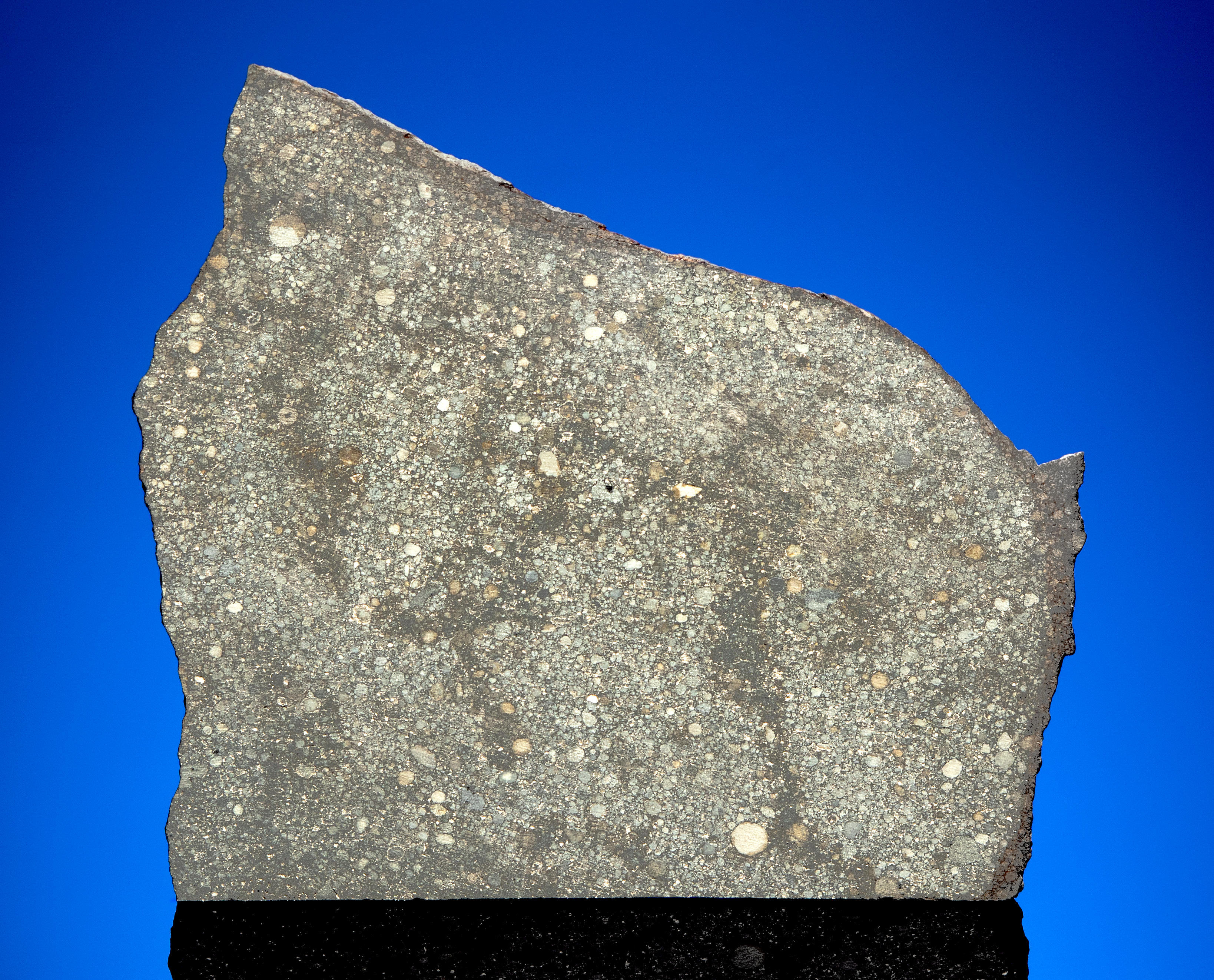
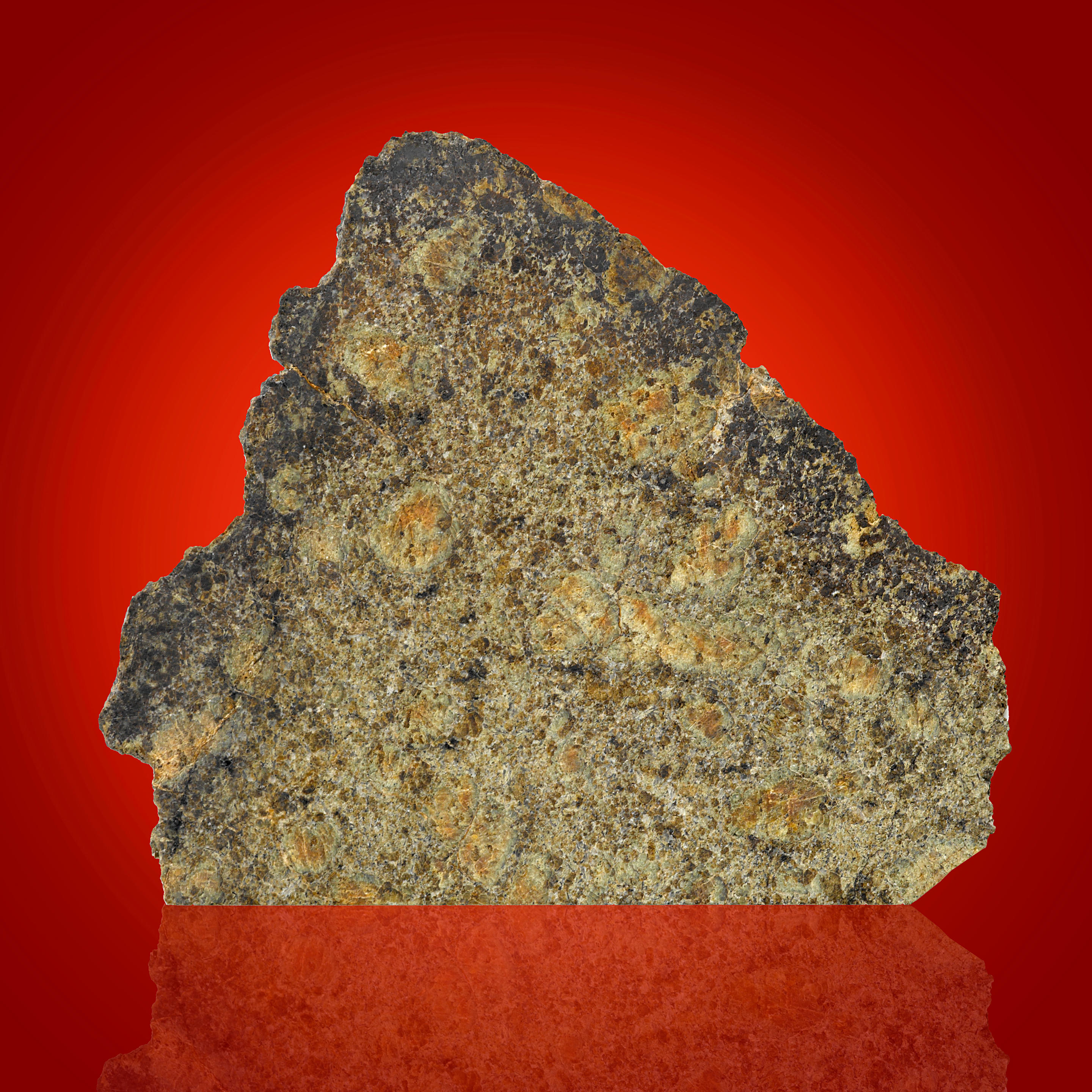
.jpg)
.jpg)

.jpg)
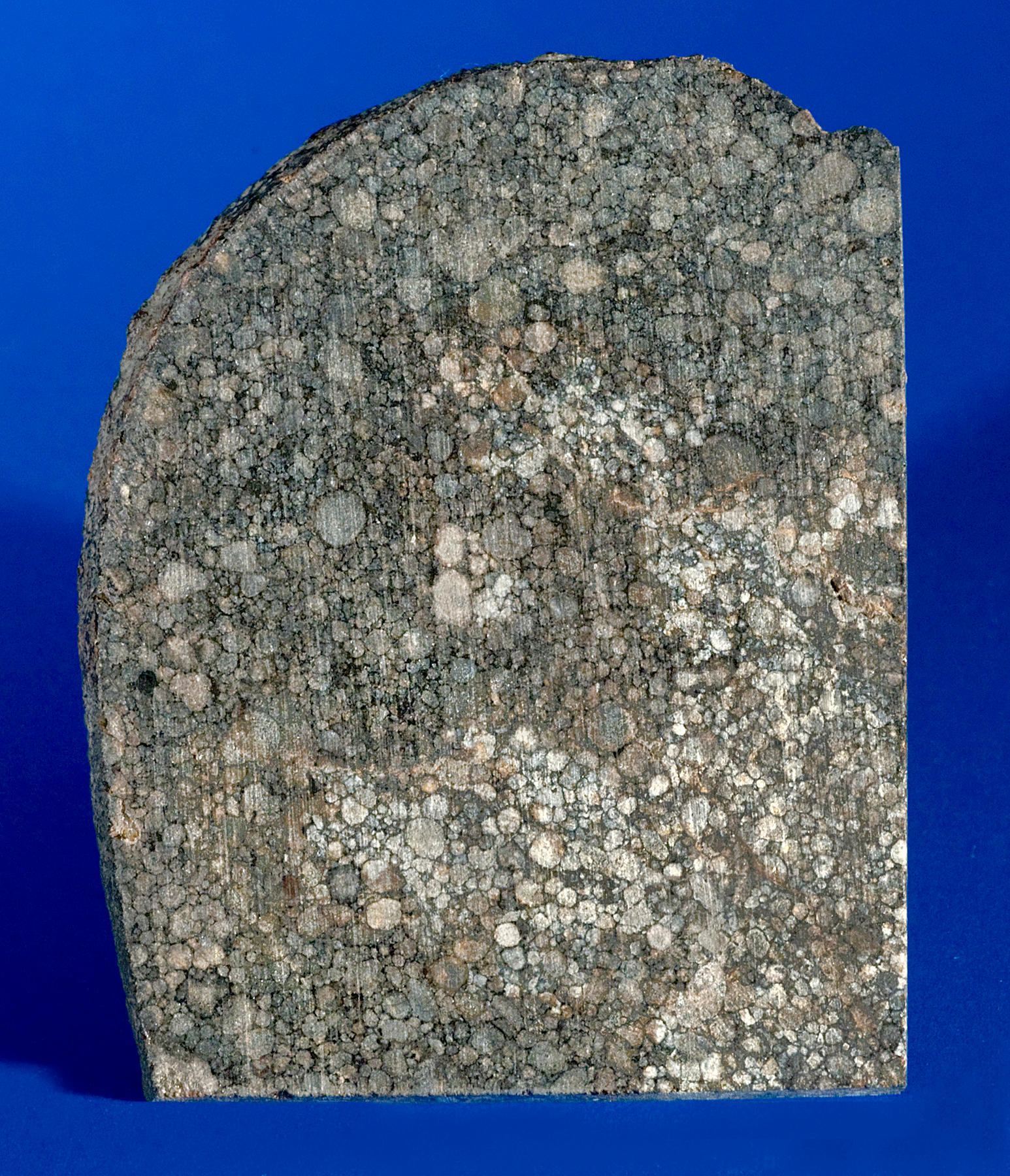
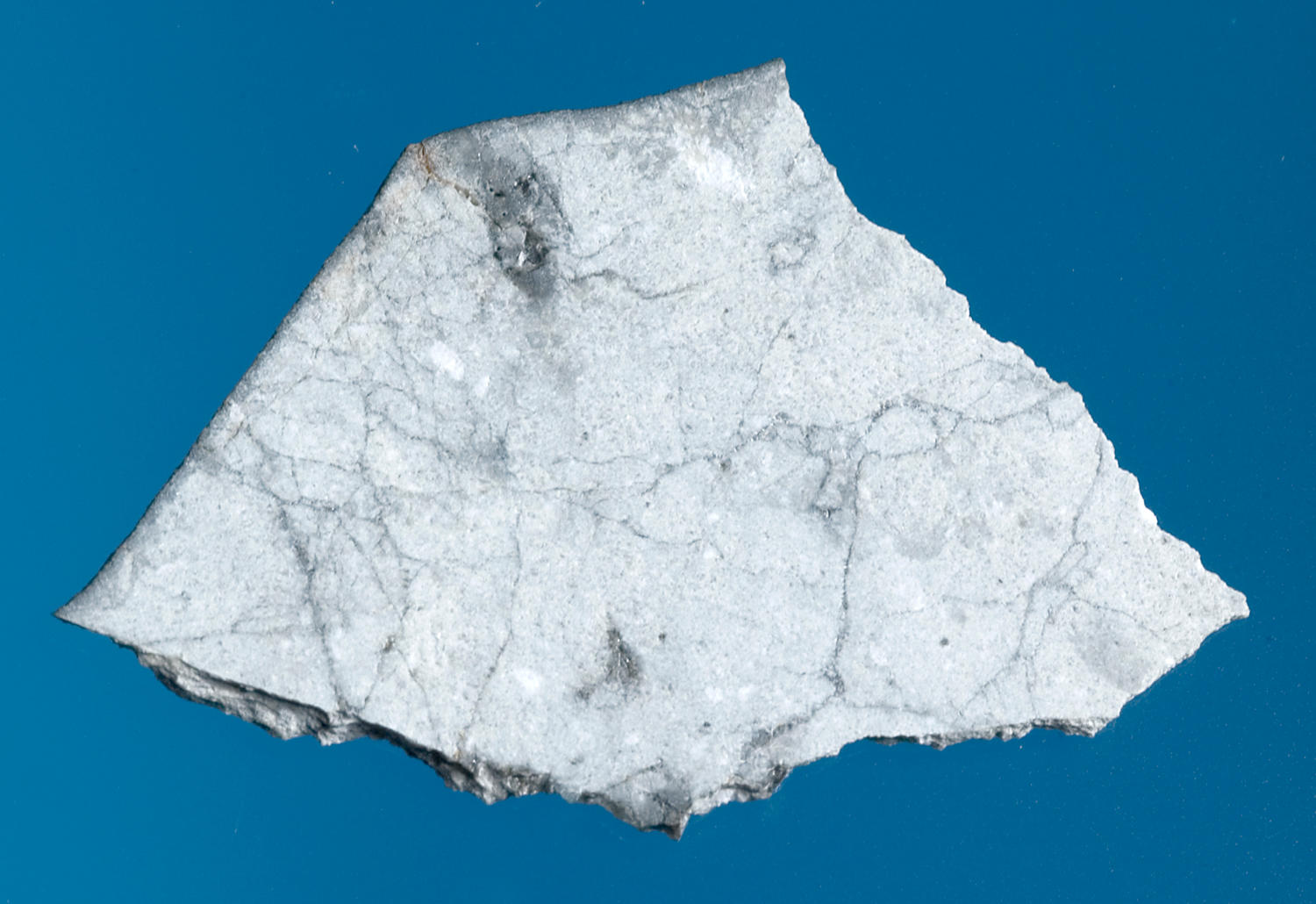
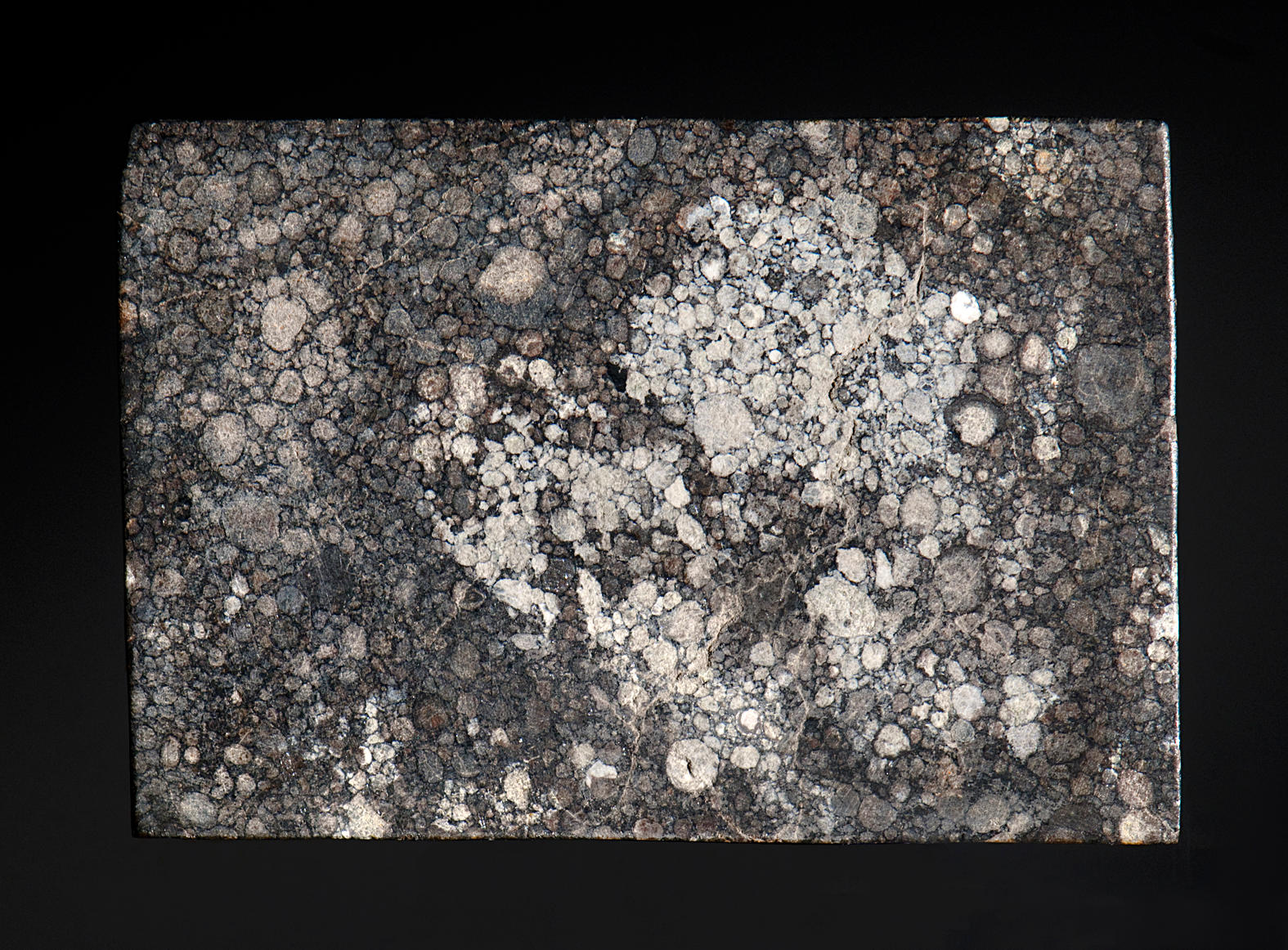
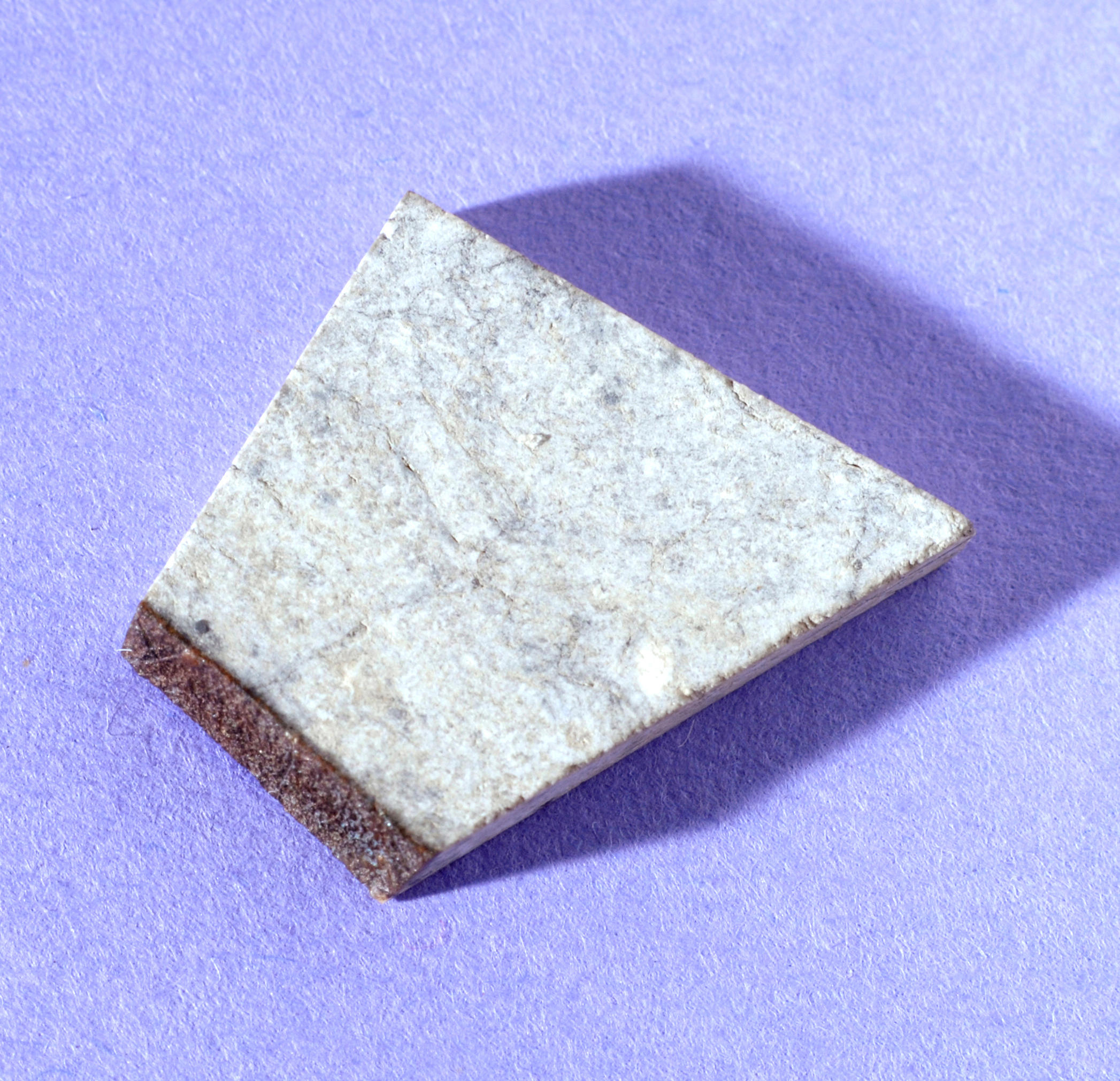
Testen Sie LotSearch und seine Premium-Features 7 Tage - ohne Kosten!
Lassen Sie sich automatisch über neue Objekte in kommenden Auktionen benachrichtigen.
Suchauftrag anlegen